Swimming pool grip tiles, also known as anti-slip or non-slip tiles, are specially designed to enhance safety and prevent slips and falls in wet environments. These tiles are essential for pool decks, locker rooms, showers, and other areas where water or moisture can create slippery conditions. In this comprehensive description, we will explore the characteristics, benefits, types, installation considerations, maintenance requirements, and design considerations associated with swimming pool grip tiles.
Characteristics of Swimming Pool Grip Tiles
- Anti-Slip Surface:
- The primary feature of grip tiles is their textured surface that provides enhanced traction and grip underfoot.
- The texture can vary from subtle raised patterns to more pronounced designs, depending on the degree of slip resistance required.
- Material Composition:
- Grip-tiles are typically made from materials that are inherently slip-resistant, such as porcelain, ceramic, or natural stone with textured finishes.
- Some tiles may have added coatings or treatments to further enhance their slip-resistant properties.
- Durability:
- These tiles are designed to withstand outdoor conditions, exposure to sunlight (UV rays), chlorine, saltwater, and frequent use without compromising their anti-slip capabilities.
- High-quality materials ensure longevity and resistance to wear, fading, and staining.
- Water Resistance:
- Grip-tiles are water-resistant and non-absorbent, making them ideal for areas prone to moisture and water splashes.
- They are resistant to mold, mildew, and bacteria growth, contributing to a hygienic environment in swimming pool areas.
- Maintenance Ease:
- The textured surface of grip tiles is easy to clean and maintain. Regular sweeping and occasional mopping with a mild detergent are usually sufficient to keep them clean.
- Stains and dirt are less likely to penetrate the surface due to the tile’s non-porous nature.
Benefits of Swimming Pool Grip Tiles
- Safety Enhancement:
- The primary benefit of grip tiles is their ability to reduce slip and fall accidents by providing a secure footing surface even when wet.
- They help maintain safety for pool users, especially children, seniors, and individuals with mobility challenges.
- Versatility:
- Grip-tiles are versatile and suitable for various applications beyond swimming pools, including spa areas, changing rooms, showers, and water feature surrounds.
- They can be used both indoors and outdoors, offering consistent slip resistance across different environments.
- Aesthetic Appeal:
- Despite their functional properties, grip tiles come in a wide range of colors, sizes, and textures to complement different design aesthetics.
- They can be used to create attractive patterns, borders, or accents that enhance the overall appearance of the pool area.
- Weather Resistance:
- Grip tiles are resistant to temperature fluctuations, frost, and heat, making them suitable for use in regions with varying climates.
- They maintain their integrity and slip-resistant properties even in harsh outdoor conditions.
Types of Swimming Pool Grip Tiles
- Porcelain Grip Tiles:
- Porcelain tiles are known for their durability and resistance to water absorption. They offer excellent slip resistance and are available in various textures and finishes.
- They are suitable for both indoor and outdoor applications due to their frost resistance and low maintenance requirements.
- Ceramic Grip Tiles:
- Ceramic tiles are similar to porcelain but may be slightly less dense. They are also durable and resistant to water, making them suitable for pool decks and wet areas.
- Ceramic grip tiles often come in a wide range of colors and patterns, offering design flexibility.
- Natural Stone Grip Tiles:
- Natural stone tiles such as slate or granite can be used as grip tiles with textured surfaces. These tiles offer a unique, natural aesthetic and excellent slip resistance.
- They require sealing to maintain their appearance and resistance to moisture over time.
Installation Considerations
Installing swimming pool grip-tiles requires careful planning and adherence to installation guidelines:
- Surface Preparation: Ensure the substrate is clean, level, and free of debris before tile installation.
- Adhesive Selection: Use a suitable adhesive recommended for the specific tile material and substrate to ensure strong adhesion and durability.
- Grouting: Choose a grout that is compatible with the tile material and provides additional traction. Non-sanded grout is often recommended for grip tiles to avoid abrasiveness.
- Expansion Joints: Incorporate expansion joints to accommodate thermal movement and prevent cracking or displacement of tiles over time.
Maintenance Tips for Swimming Pool Grip Tiles
To prolong the life and effectiveness of grip-tiles, follow these maintenance tips:
- Regular Cleaning: Sweep or vacuum debris regularly to prevent dirt buildup. Clean tiles with a mild detergent and water solution, avoiding harsh chemicals that can damage the tile surface.
- Sealing (if applicable): Natural stone tiles may require periodic sealing to maintain their appearance and resistance to water penetration.
- Inspect and Repair: Periodically inspect tiles for signs of wear, damage, or loose tiles. Repair or replace damaged tiles promptly to maintain safety and aesthetics.
- Avoid Abrasive Cleaners: Use non-abrasive cleaning tools and solutions to avoid scratching or damaging the tile surface.
Design Considerations
When designing with swimming pool grip tiles, consider the following:
- Color and Texture: Choose tiles that complement the overall design theme of the pool area while providing adequate slip resistance.
- Layout and Pattern: Explore different laying patterns, borders, or accents to enhance visual interest and define specific areas within the pool deck.
- Integration with Pool Design: Coordinate grip tiles with other pool features such as coping stones, waterline tiles, and pool furniture to create a cohesive look.
Conclusion
Swimming pool grip-tiles are essential for enhancing safety and aesthetics in pool environments, offering durable, slip-resistant surfaces that withstand water, weather, and frequent use. Whether used for pool decks, spa areas, or changing rooms, these tiles contribute to a safer and more enjoyable swimming experience for users of all ages. By understanding their characteristics, benefits, types, installation considerations, maintenance requirements, and design possibilities, homeowners, designers, and facility managers can confidently choose and install grip tiles that meet both functional and aesthetic needs in swimming pool settings.












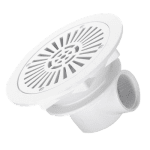





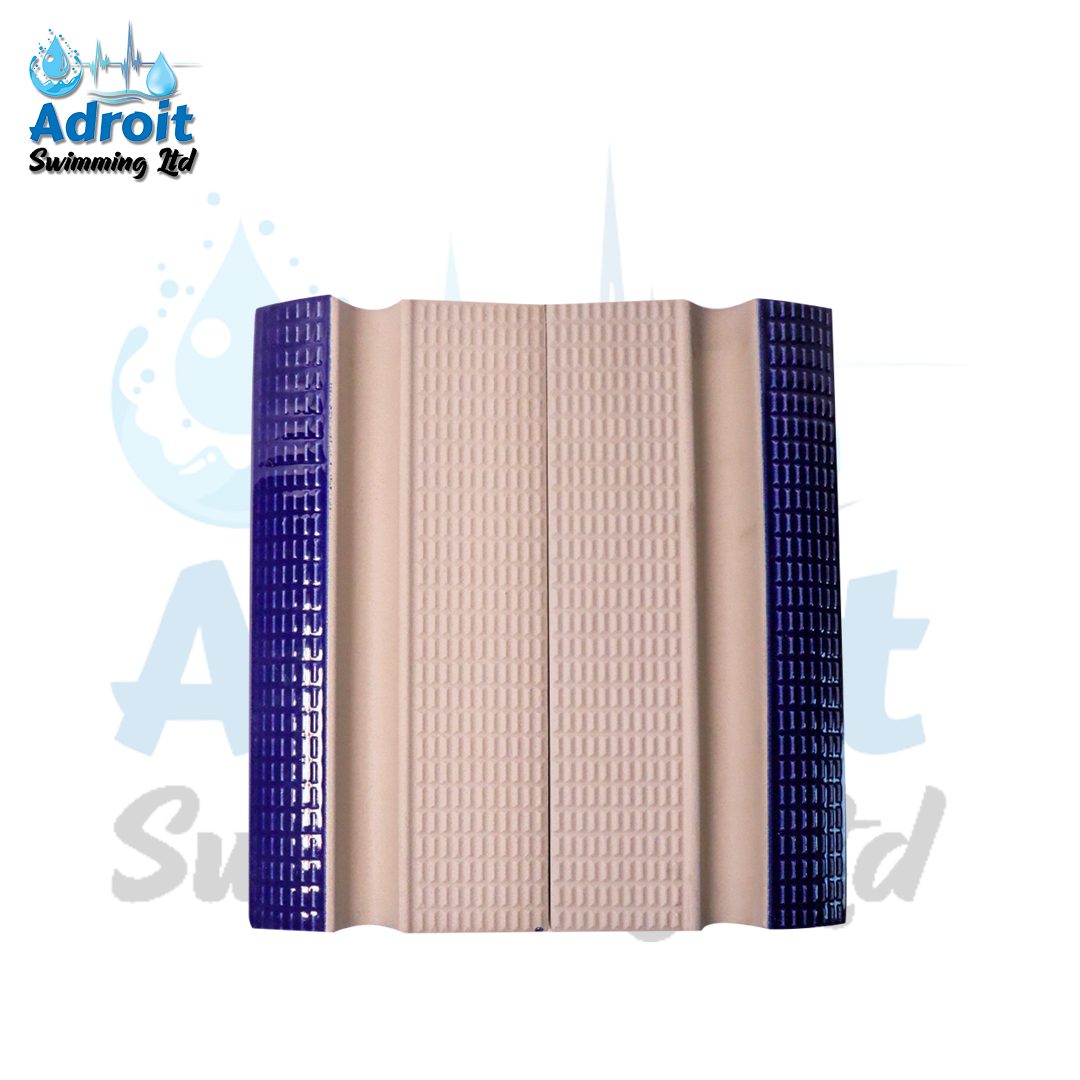
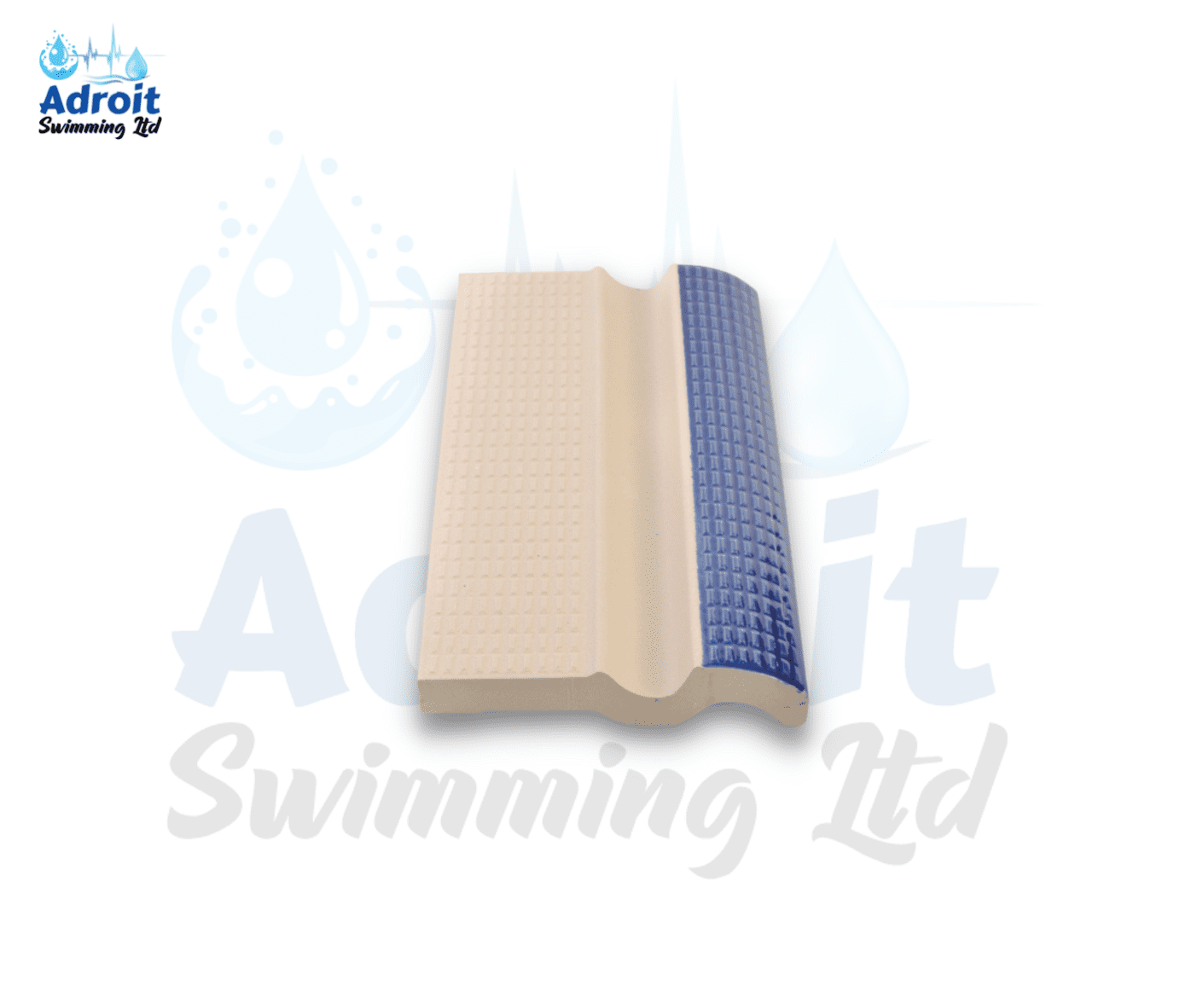

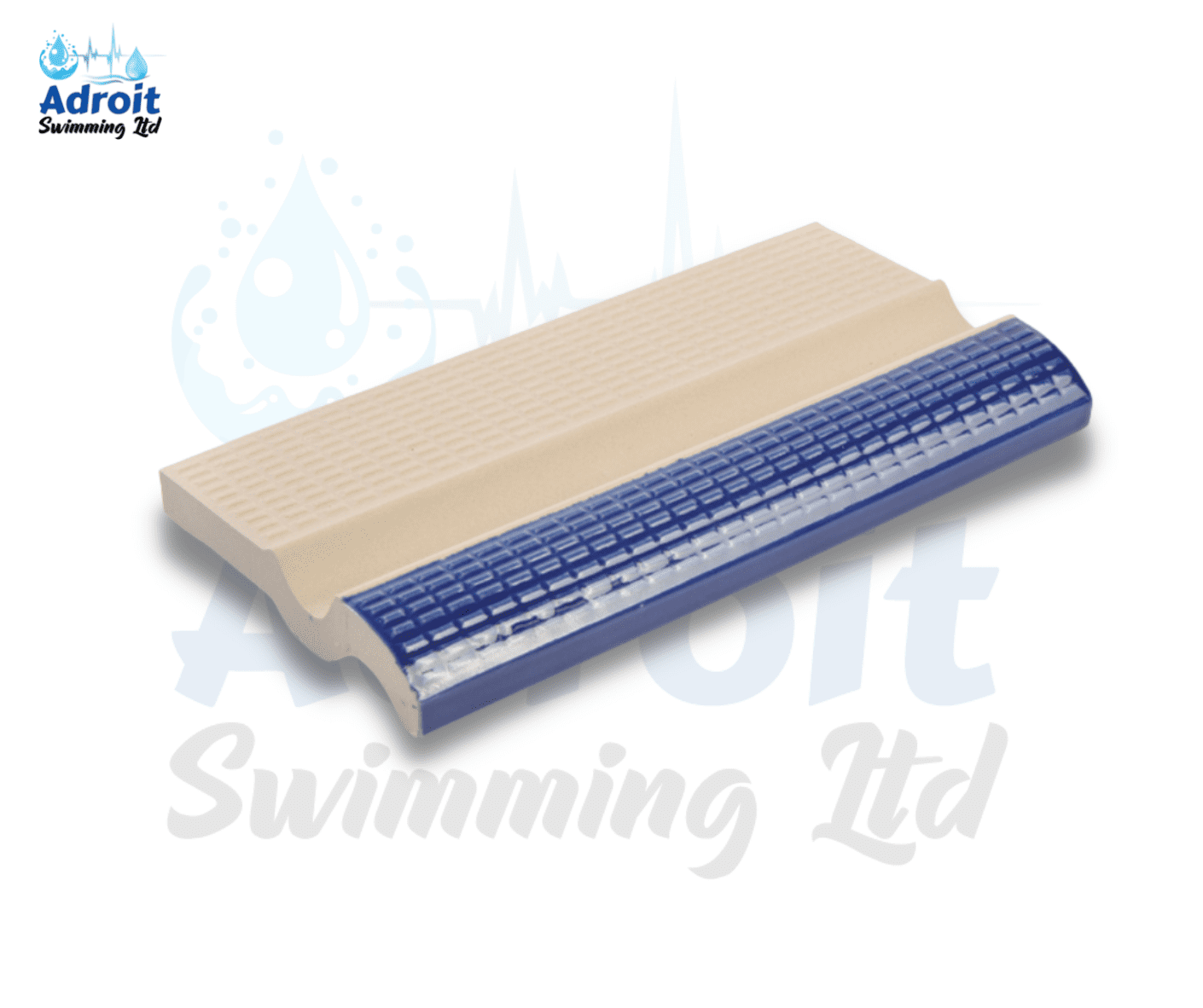
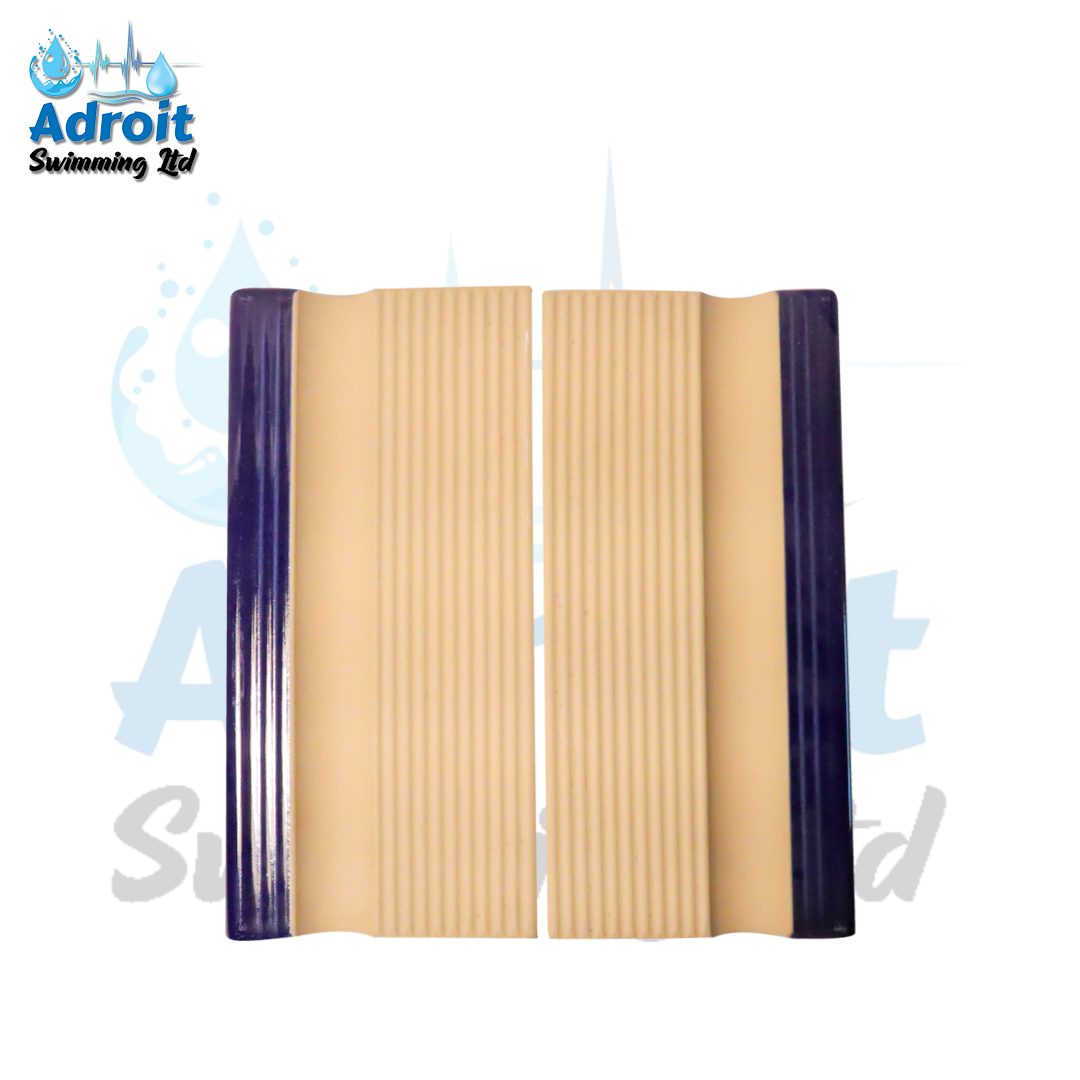
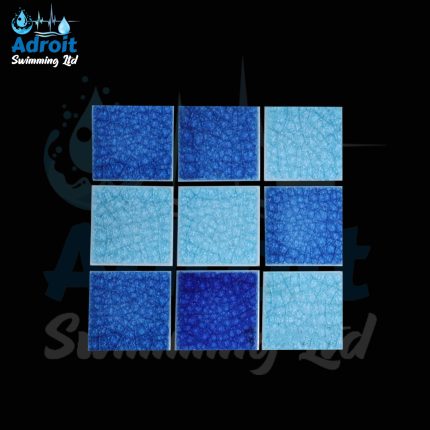

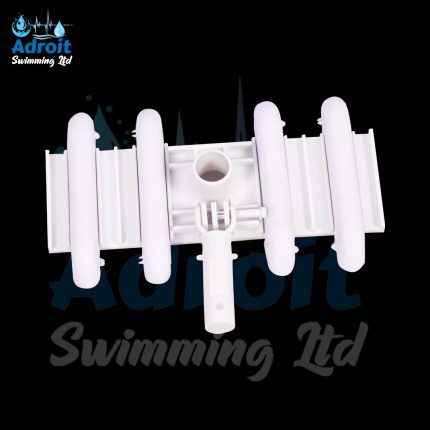
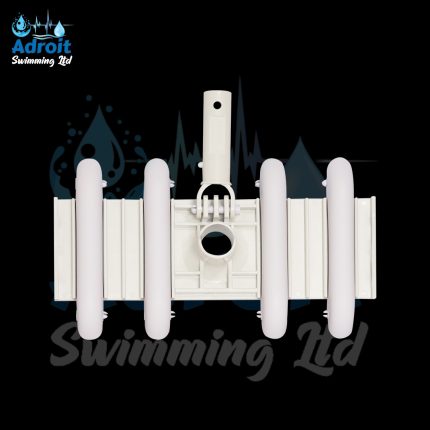
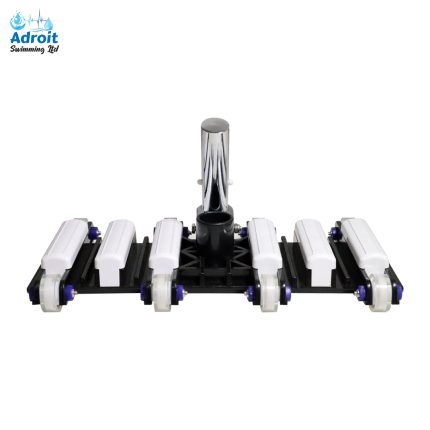


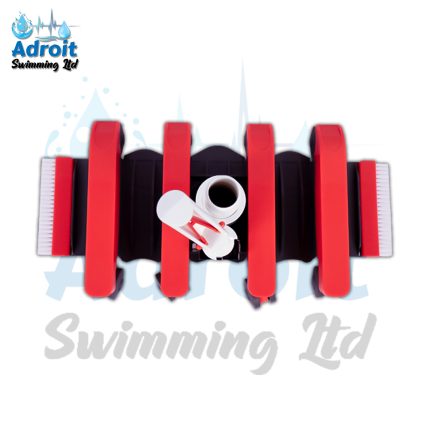
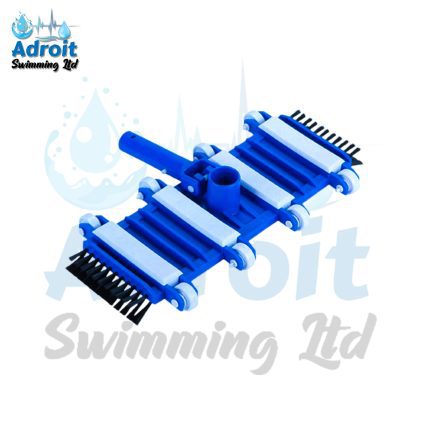

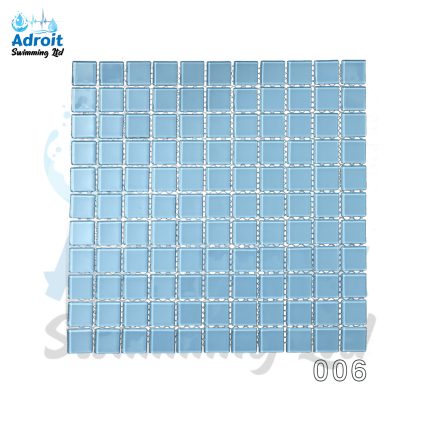
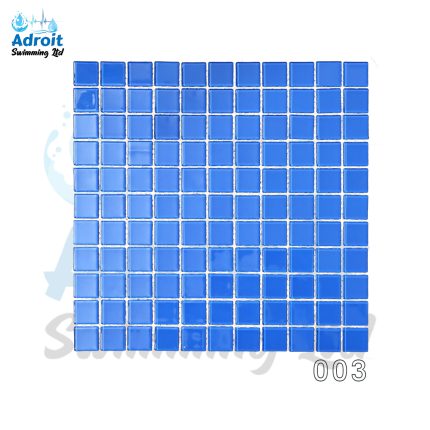
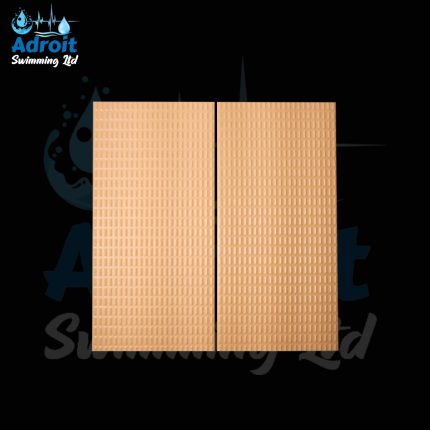
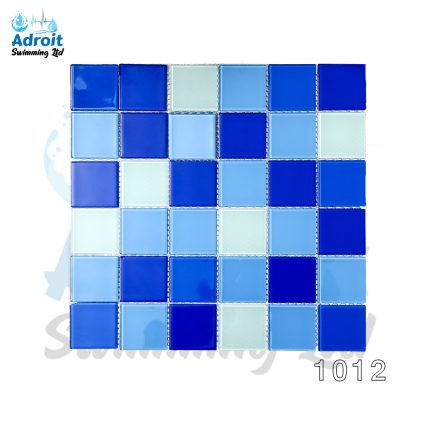
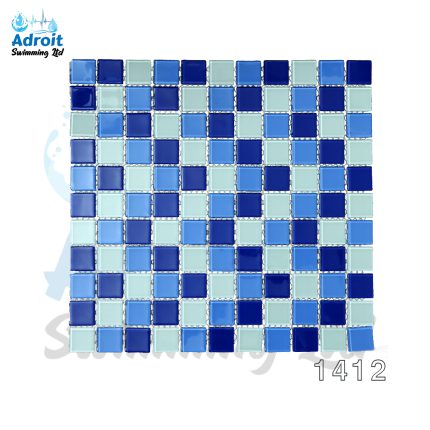
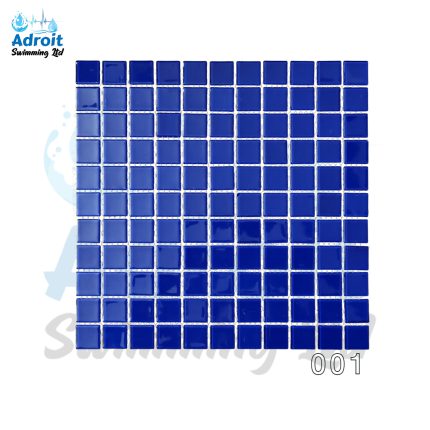
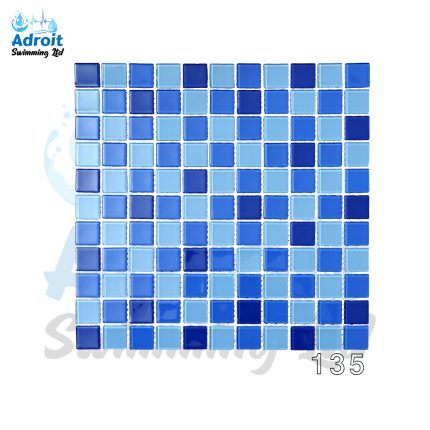
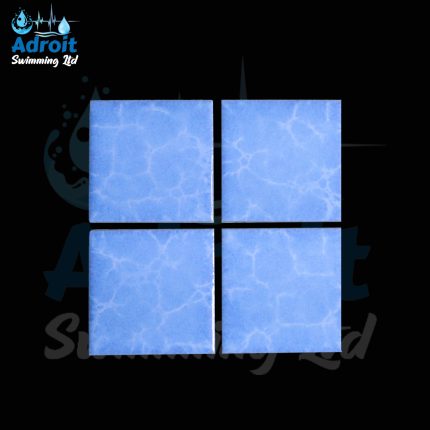
Reviews
There are no reviews yet.